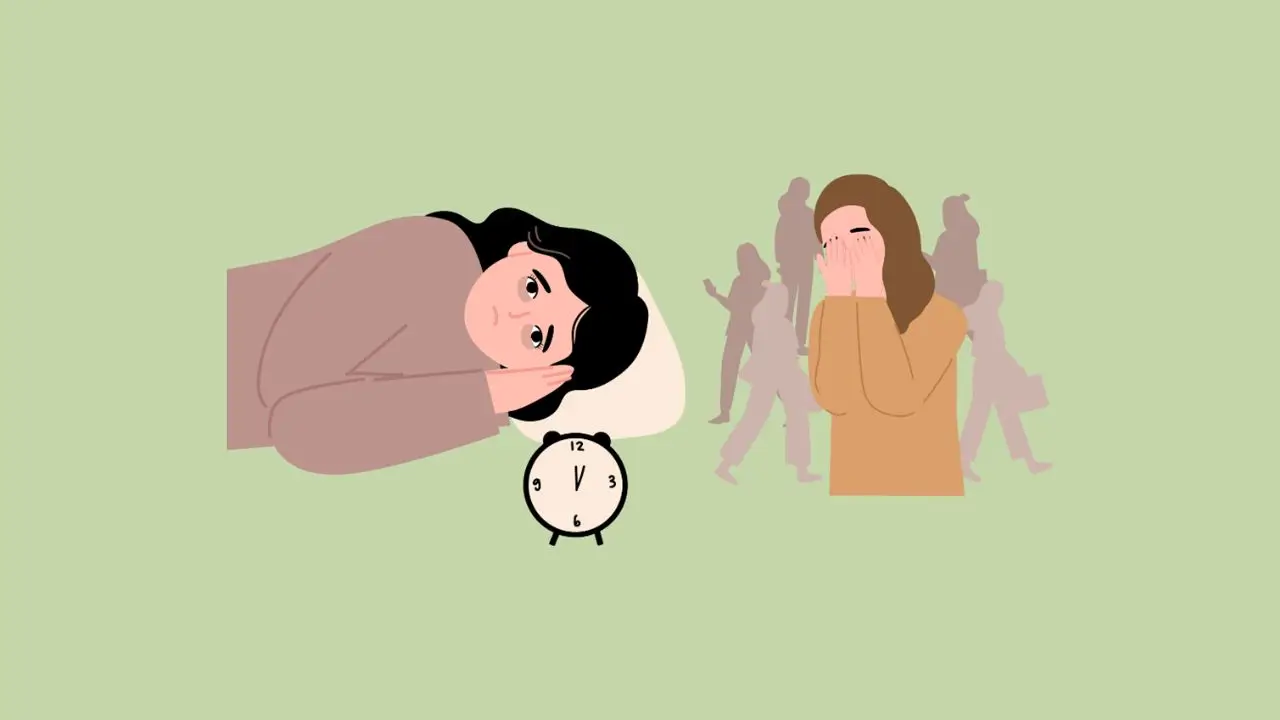Traumatic events, whether they are experienced firsthand or witnessed, can induce post-traumatic stress disorder (PTSD), a disorder associated with mental health. Symptoms may include flashbacks, nightmares, extreme anxiety, and uncontrollable thoughts about the event.
A PTSD diagnosis involves exposure to a distressing traumatic event. Exposure to a traumatic event can occur through direct experience, witnessing it, or learning about it from a close family member or friend. It can also occur as a consequence of repeated exposure to horrifying details of trauma.
It does not have to be a single event (such as a car accident); it can be long-term trauma, such as living through war or being abused repeatedly. Trauma does not have to occur directly to you; you may develop PTSD upon learning about a traumatic event that occurred to a loved one.
Traumatic events can include (but are not limited to):
- natural disasters, like a tornado, earthquake, fire, or flood.
- Physical abuse.
- The sudden death of a loved one.
- War and military combat.
- Serious accidents, like a car accident.
- Sexual assault or abuse.
- Severe injury or sudden illness.
- Verbal abuse.
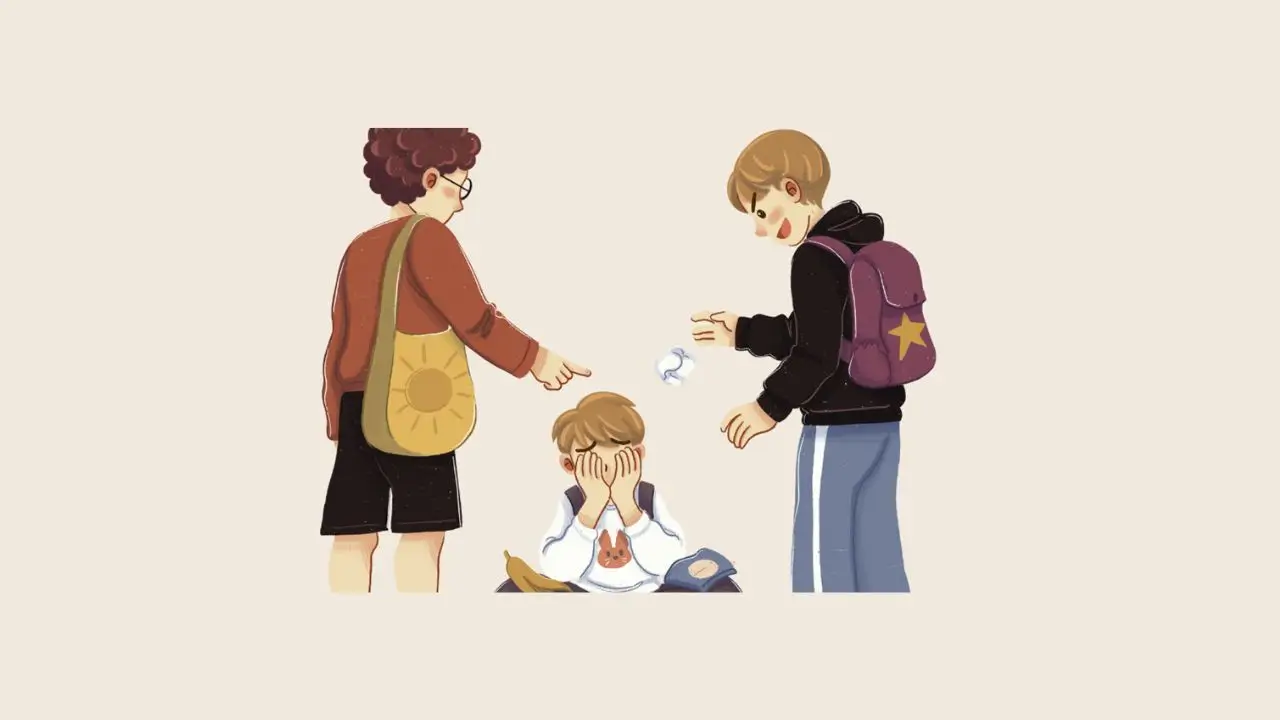
Types of PTSD
Two conditions have a close relationship with PTSD:
- Acute stress disorder: This is a temporary mental health condition that can develop within a month of experiencing a traumatic event. PTSD may be diagnosed if symptoms persist for more than four weeks.
- Complex PTSD (CPTSD): This refers to a mental health condition that may occur after experiencing chronic (long-term) trauma. Chronic trauma can be defined as long-term physical or sexual abuse of children, long-term domestic violence, or war. People with CPTSD typically exhibit PTSD symptoms as well as extensive problems with the regulation of emotions, sense of self, and relationships.
Read More- Generalized Anxiety Disorder: Everything You Need to Know
PTSD Symptoms
PTSD symptoms typically appear within three months of the traumatic event, but they can occur later. To meet the criteria for PTSD, a person’s symptoms must last more than one month and be severe enough to cause difficulties with their daily life, such as relationships or jobs. Symptoms must also be unrelated to medications, substance abuse, or another illness.
PTSD symptoms are classified into four categories: intrusive memories, negative changes in cognition and mood, avoidance, and physical and emotional reactions. Symptoms may change over time or vary from person to person.
The disorder progresses differently. Some individuals recover within 6 months, while others experience symptoms that last a year or more. PTSD patients frequently have co-occurring conditions such as depression, substance abuse, and one or more anxiety disorders.
An adult diagnosed with PTSD must have experienced all of the following symptoms for at least one month:
- At least two arousal and reactivity symptoms
- At least one avoidance symptom
- At least two cognitive and mood symptoms
- At least one re-experiencing symptom
Intrusive Symptoms:
- Flashbacks—reliving the traumatic event, including physical symptoms such as a rapid heartbeat or sweating
- Physical signs of stress
- Recurring memories or dreams related to the event
- Distressing thoughts
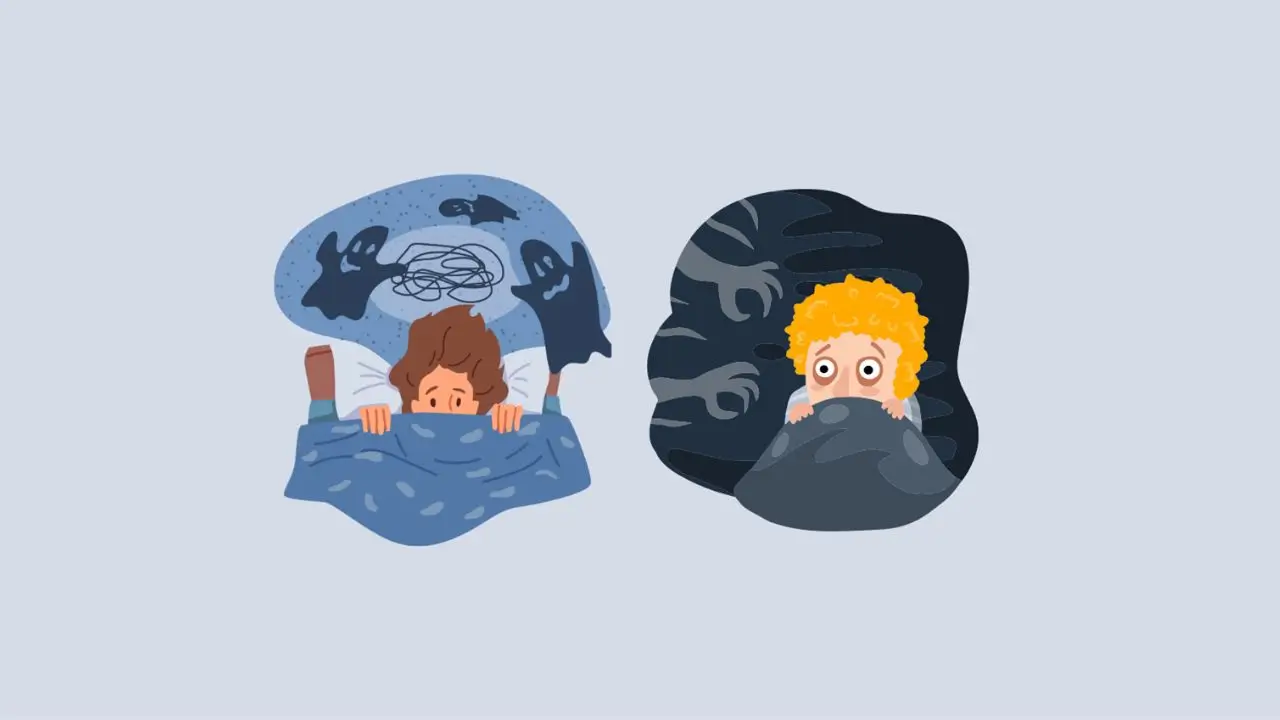
Avoidance Symptoms:
- Avoid discussing what happened or how you felt about it.
- Avoiding any reminders of the traumatic event, such as people, places, activities, objects, and situations.
- Avoiding remembering or reflecting on the traumatic event.
Mood and cognition symptoms:
- Having difficulty remembering key details of the traumatic event
- Having persistent negative feelings such as fear, anger, guilt, or shame
- Decreased desire to participate in enjoyable activities
- Feeling socially isolated.
- Excessive feelings of blame aimed at oneself or others.
- Having trouble feeling positive emotions, such as happiness and satisfaction
- Having negative thoughts about yourself or the world.

Symptoms related to arousal and reactivity:
- Reckless or self-destructive behavior.
- Being overly watchful of your surroundings (hypervigilance).
- Problems concentrating or sleeping.
- Being easily startled.
- Irritability and angry outbursts.
Read More- Stress Management Tips: How to Deal with Daily Stressors?
PTSD Symptoms in children
Children with PTSD may struggle to express their emotions, or they may have suffered trauma that you are unaware of. They may appear agitated, anxious, or have difficulty focusing attention and being organized.
These signs and symptoms can be mistaken for those of ADHD, or attention deficit/hyperactivity disorder. This is why it’s critical that you take your child to a professional who has experience diagnosing PTSD, such as a child psychologist.
The following symptoms may appear in children under the age of six:
- Playfully enacting the terrifying incident
- showing excessive attachment to a parent or other adult
- after learning to use the toilet, wetting the bed
- Being incapable of speaking or forgetting how to speak
Typically, older kids and teenagers exhibit symptoms that are more akin to those of adults. Additionally, they might start acting in a disruptive, rude, or destructive manner. Adolescents and older kids might feel bad about not stopping accidents or deaths. They might also have revengeful thoughts.
PTSD Complications
People with PTSD frequently develop the following conditions, which may worsen PTSD symptoms:
- Neurological conditions, including
- Substance use disorder
- Mood disorders.
- Anxiety disorders.
An increased risk of suicidal thoughts and attempts is also present in people with PTSD.
Causes of PTSD
The following factors are likely to be combined to cause PTSD:
- Your body’s reaction to stress is regulated by the way your brain releases chemicals and hormones.
- Your temperament, or inherited traits of your personality,
- Risks associated with inherited mental health, such as a family history of depression and anxiety
Changes in Brain function
A person’s brain’s structure and function are known to alter as a result of PTSD:
- The medial prefrontal cortex—which is smaller and less responsive in PTSD patients—controls a portion of the emotional reactivity of the amygdala.
- Your hippocampal region shrinks in size. This region of the brain controls motivation, emotion, memory, and learning.
- People with PTSD have an excessively reactive amygdala, which is the area of the brain responsible for processing emotions and fear reactions.
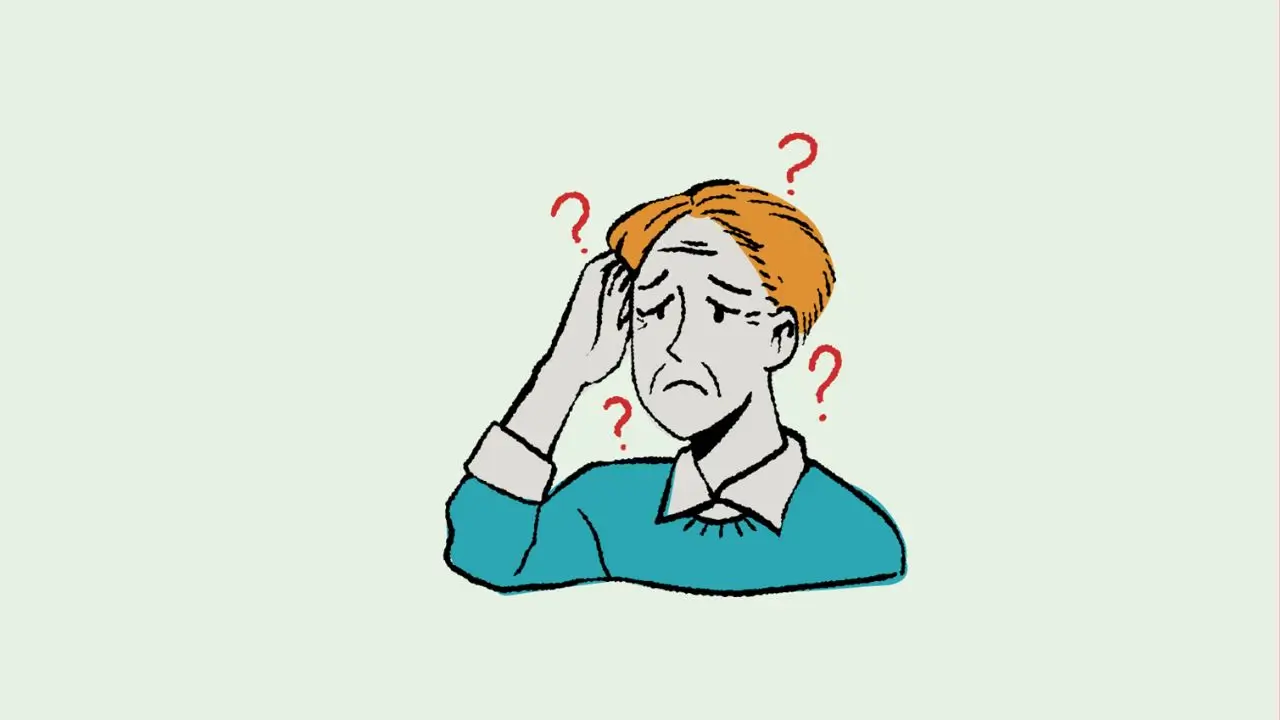
Changes related to Hormones and Neurotransmitters
Despite continuous stress, studies reveal that individuals with post-traumatic stress disorder (PTSD) have normal to low levels of cortisol, the “stress hormone,” and elevated levels of corticotropin-releasing factor (CRF). CRF causes the sympathetic nervous system to respond more strongly by releasing norepinephrine.
This “fight or flight” reaction causes an increase in:
- Blood pressure.
- Awareness and startle response.
- Heart rate.
Studies have also revealed changes in the way certain other neurotransmitter systems function, such as:
- Gamma-aminobutyric acid (GABA).
- Serotonin.
- Glutamate.
Risk Factors Associated with PTSD
PTSD may be more likely to develop if certain risk factors are present:
- Possessing a personal or familial background of substance abuse or mental illness
- lacking in social support following the incident
- Dealing with additional stress following the incident, such as losing a loved one, experiencing pain and injury, or losing one’s job or house
- Experiencing harm or witnessing others suffer or die
- Experiencing terror, powerlessness, or intense fear
- being made aware of past traumatic events, especially those that occurred in childhood
PTSD Prevention
Many survivors of traumatic events initially experience symptoms similar to post-traumatic stress disorder (PTSD), such as an inability to stop thinking about what happened. Anger, sadness, guilt, fear, and anxiety are all typical responses to trauma. On the other hand, not everyone who experiences trauma goes on to develop persistent PTSD.
PTSD prevention may include:
- Acknowledging and accepting one’s response to a traumatic event
- requesting assistance from loved ones, friends, or support organizations
- being afraid but also being ready and able to react to stressful situations as they arise
- Using a coping mechanism to help you move past the traumatic event and learn from it
Is PTSD treatable?
It’s critical to keep in mind that trauma can cause extreme distress. PTSD is treatable, and the person experiencing the distress is not to blame. A person’s chances of recovering are better the earlier they receive treatment.
In order to assist patients in recovering from PTSD, psychiatrists and other mental health specialists employ a variety of efficient (research-proven) techniques. Medication and talk therapy, also known as psychotherapy, are two efficient treatments that are supported by evidence for PTSD.
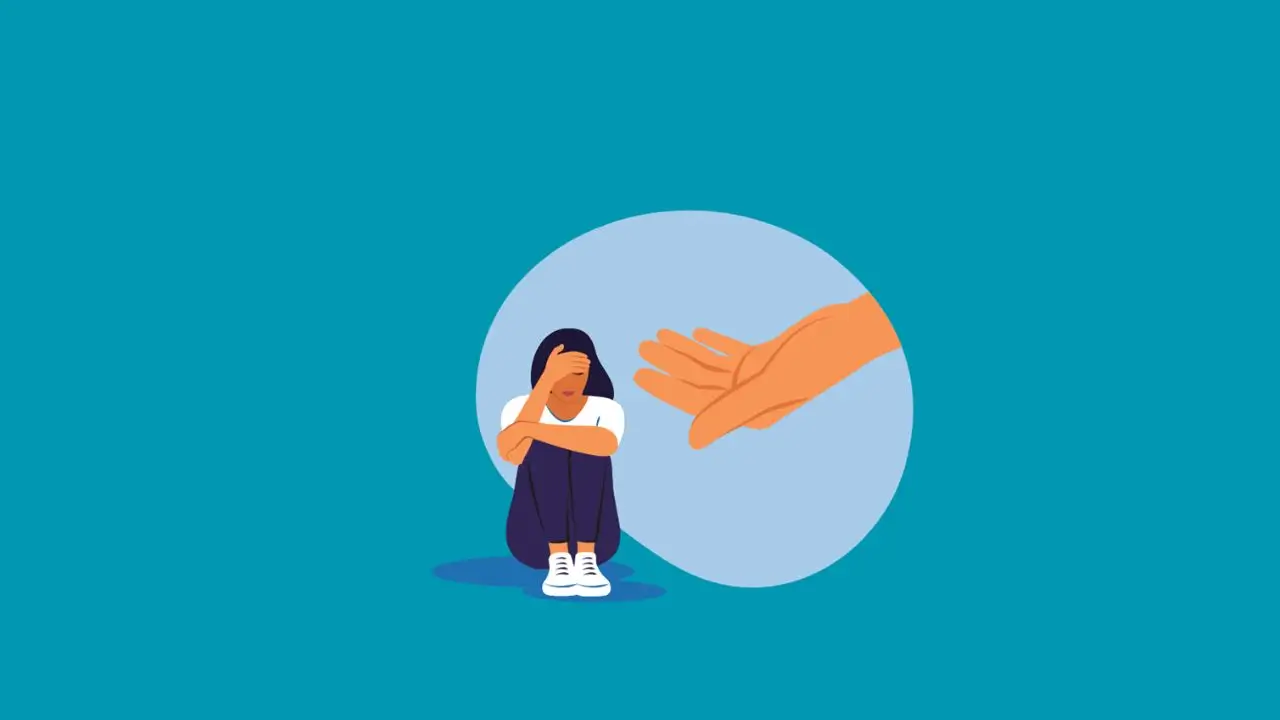
Psychotherapy
Mental health professionals employ a range of treatment techniques in psychotherapy, also known as talk therapy, to assist individuals in recognizing and modifying distressing emotions, thoughts, and behaviors. Psychotherapy can help people who have PTSD and their families by offering them support, information, and direction. Therapy can be given one-on-one or in a group setting, and it typically lasts six to twelve weeks, though it can go longer.
Cognitive Behavior Therapy for PTSD
- Group therapy: In a relaxed and accepting environment, this kind of therapy invites people who have experienced similar traumatic events to talk about their experiences and feelings. Family therapy could be beneficial as well, since PTSD issues can impact the whole family.
- Eye movement desensitization and reprocessing (EMDR) therapy: This technique includes processing traumatic memories by making specific eye movements. Your recovery from trauma or other upsetting life experiences is the aim of EMDR. When compared to other forms of therapy, EMDR is still relatively new. However, numerous clinical trials demonstrate that this method works well and can assist a patient more quickly than many other approaches.
- Trauma-focused CBT: Finding out how your body reacts to stress and trauma is part of this therapy. In addition, you’ll learn how to recognize and reframe harmful thought patterns as well as symptom management techniques. Additionally, exposure therapy is applied.
- Cognitive processing therapy: The purpose of this therapy is to specifically treat PTSD. Its main goal is to alter the trauma-related painful negative emotions and beliefs (such as guilt and shame). It also supports you in facing painful memories and feelings.
- Prolonged exposure therapy: In this therapy, symptom triggers are gradually exposed in a safe and regulated manner, or the trauma is repeatedly and thoroughly imagined. You can learn to cope and face your fear by doing this.
Medication for PTSD
Medication can assist in managing PTSD symptoms. Additionally, many people are able to engage in psychotherapy more successfully due to the relief that medication offers.
They can be used independently as well as in combination with other therapies like psychotherapy. Medication can be used to treat the nightmares and sleep issues that affect a lot of PTSD patients, as well as to lessen physical agitation and anxiety.
When should I seek help?
Speak with your doctor or a mental health professional if you’ve been experiencing unsettling thoughts and feelings related to a traumatic event for longer than a month, if they’re severe enough, or if you feel like you’re struggling to regain control over your life. Seeking therapy as soon as you can may stop the worsening of PTSD symptoms.
A Spirico Summary
The mental health disorder known as post-traumatic stress disorder arises from either direct or indirect exposure to a traumatic event, which could include abuse, the death of a loved one, an assault, a life-threatening trauma, childhood trauma, etc.
The symptoms of ptsd are divided into 4 categories: intrusive symptoms, avoidance symptoms, symptoms affecting cognition, and symptoms affecting arousal. The symptoms may include nightmares, flashbacks of the traumatic event, concentration issues, sleep disturbances, depression, anxiety, and memory issues.
PTSD can be treated through psychotherapy, specifically cognitive behavior therapy, as well as medications. The best treatment results can be obtained through the combination of both CBT and medications.
If you or anyone you are close to is struggling with post-traumatic stress disorder, please feel free to talk to a mental health professional and seek help.
Remember, you are not alone in this, we at Spirico are always here for you.
